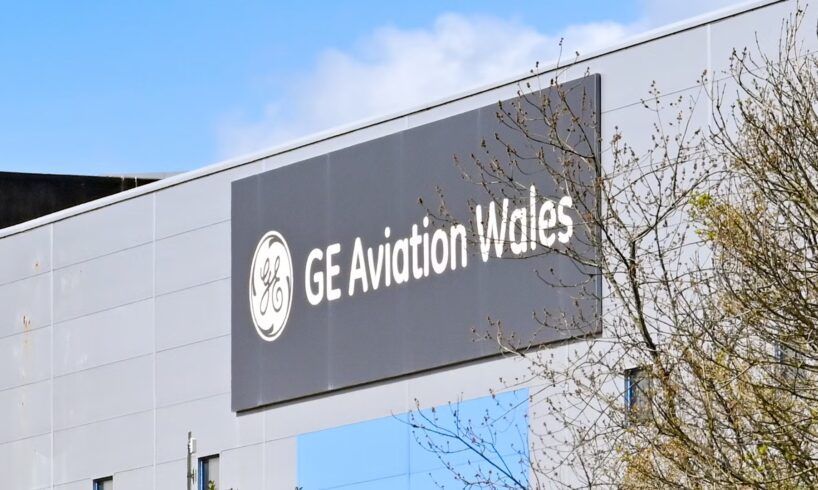
Multinational aerospace manufacturer and market leader in engine production, GE Aerospace, is currently pouring engineering, testing, and analytics resources into achieving the singular goal of producing some of the most durable engines ever created. The company is also beginning to focus on the development of incredibly durable military-grade engines. In addition, the company is refining the GEnx, LEAP, and GE9X families with upgraded hot-section parts, advanced coatings, ceramic matrix composites, and heavy dust-ingestion campaigns that mimic punishing Middle Eastern and Asian conditions.
Lessons from billions of flight hours are currently being fed straight into aircraft fleets and into the next-generation CFM RISE open-fan demonstrator. The mission is ultimately straightforward but somewhat demanding, as it gives airlines a longer time on the wing, fewer surprises in the shop, and a more reliable foundation for the development of future ultra-efficient aircraft. We analyze these latest developments in detail.
What Are The Key Developments In This Story?
Credit: Shutterstock
General Electric’s durability push starts with a “test early, test often” philosophy. The GEnx, which was originally designed as a highly efficient Boeing 787 and Boeing 747-8 engine, has received redesigned high-pressure turbine blades, new combustor coatings, and complementary tools like 360 Foam Wash, all of which more than double engine time-on-wing in harsh operating environments. CFM LEAP engines are also undergoing aggressive dust-ingestion campaigns and controlled turn-on, turn-off test sequences to validate hardware tweaks intended to more than double time on wing for LEAP-1A and improve LEAP-1B performance from 2026.
The General Electric GE9X, which was originally destined for the Boeing 777X, has endured over 30,000 cycles, including more than 9,000 endurance and 1,600 dust-related cycles, making it General Electric’s most heavily tested commercial engine. Durability concepts are also being baked into the RISE open-fan demonstrator and key military engines like the F110 and the T700, according to commentary from the manufacturer itself.
What Does GE Get Out Of This Ambitious Project?
Credit: Shutterstock
For GE Aerospace, building tougher engines is both a defensive move and an overall growth strategy. Airlines have been vocal about durability shortfalls across the industry, with long shop turnaround times and grounded fleets driving up costs and airfares. Lufthansa’s Chief Technology Officer has publicly urged manufacturers to prioritize time-on-wing as highly as fuel burn.
By demonstrating tangible gains, such as durability kits for LEAP-1A certified by regulators and aimed at achieving CFM56-like market and program maturity, both GE and CFM can continue to maintain the trust of operators and aircraft manufacturers. Better durability also helps strengthen GE’s high-margin services franchise, as engines that stay on wings longer require more sophisticated monitoring, on-site maintenance, and eventually equipment overhauls.
However, the big difference, and what is truly the kicker for operators and aircraft builders, is that these engines come along with significantly fewer disruptive unscheduled events. Lastly, feeding durability lessons into next-generation programs allows GE to position itself as the aircraft engine manufacturer of the future, one that truly builds engines that are made to last.
What Benefits Do These Kinds Of Engines Create For Operators?
Credit: Shutterstock
For airlines, durability is ultimately where engineering meets daily reality. Engines that cannot withstand dust, heat, and long cycles without coming off-wing translate directly into aircraft with higher availability. At the same time, it lowers spare-engine pools’ sizes and decreases the risk of schedule-busting equipment-related events. General Electric cites GEnx hot-section upgrades that have more than doubled time on wing in harsh environments, and similar gains are targeted for LEAP, narrowing the gap with the benchmark CFM56.
This means that more flights per engine, more predictable maintenance slots, and a better ability to plan during peak seasons are all byproducts of having such advanced equipment. Improved durability also complements fuel efficiency and sustainability.
Engines like the GEnX, the LEAP, and the GE9X already cut fuel burn versus older types, and they are being certified for higher blends of sustainable aviation fuel, helping airlines meet emissions targets without sacrificing reliability. For operators burned by recent durability crises, a tougher engine is not just a technical win but rather an operational and financial shock absorber.






